13
Dicembre
ore 12.00-14.00
Aula Consiglio |
Grain crushing in polydisperse granular
media:from experimental evidence to
modeling
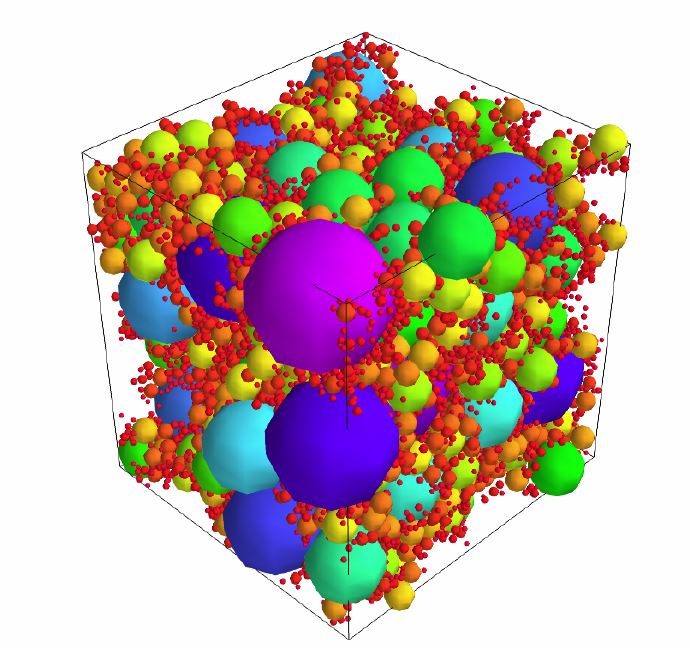
The
mechanical behaviour of granular materials depends on their grading.
Crushing of particles under
compression or shear modifies the grain size distribution, with a
tendency for the percentage of fine material to
increase. It follows that the frictional properties of the
material and the critical states are modified as a consequence of the
changes in grain size distribution and the available range of packing
densities. The seminar will illustrate some problems connected
with the selection of appropriate descriptors of particle shape (such
as
e.g., roundness, angularity, and roughness) and the results of an
extended experimental investigation of the evolution of the grading of
an artificial granular material, consisting of crushed expanded clay
pellets under different loading
conditions. The changes of grading of the material after isotropic,
one-dimensional and constant mean effective stress triaxial compression
are described using a single parameter based on the ratio of the areas
under the current and an ultimate cumulative particle size
distribution, which are both assumed to be consistent with self-similar
grading with varying fractal dimension. Relative breakage is
related to the total work input for unit of volume. 
|
22
Novembre
ore 12.00-14.00
Aula Consiglio |
Gianni Jona Lasinio
Chirality: variations on the theme of
spontaneous
symmetry breaking
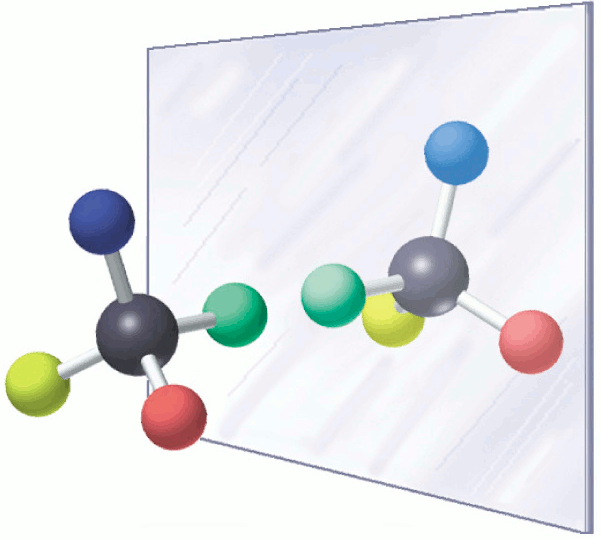
According to Hund (1927)
quantum mechanics forbids the existence of
stable optically active (chiral) molecules as they violate the
invariance under parity of the Hamiltonian. This paradox has attracted
much attention ever since and there is not yet a
universally accepted explanation. I will contend that spontaneous
symmetry breaking provides a qualitative and quantitative explanation.
A second puzzle
concerning chiral molecules is homochirality in living matter. This
means the almost uniform configuration of aminoacids and sugars,
left handed and right handed respectively. I will suggest that
spontaneous symmetry breaking and symmetry
restoring phase transitions in non equilibrium may offer a clue to this
problem.
|
24
Maggio
ore 12.00-14.00
Aula Consiglio |
Giorgio
Contini
Chirality in two-dimensions induced
by molecules self-assembled on surfaces
Chiral
surfaces, obtained through self-assembling of chiral molecules on
achiral metallic surfaces, represent a relevant subject for
technologically important issues in many fields, like surface science,
molecular electronics,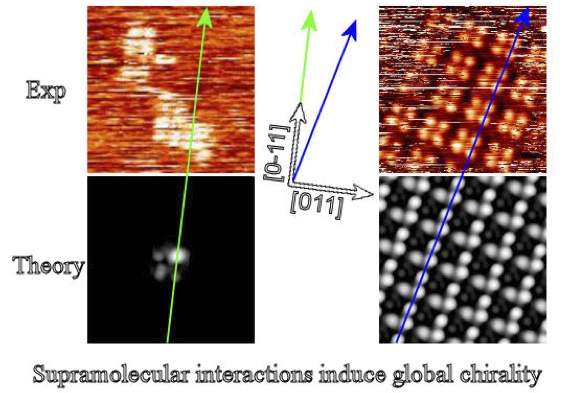 biomaterials, nanomedicine and quantum information processing. The
interest in two-dimensional (2D) chiral surface assemblies is also
motivated by the aim to identify the role that such surfaces play in
heterogeneous
enantioselective catalytic activity, by the possibility of artificially
handling homochirality.
biomaterials, nanomedicine and quantum information processing. The
interest in two-dimensional (2D) chiral surface assemblies is also
motivated by the aim to identify the role that such surfaces play in
heterogeneous
enantioselective catalytic activity, by the possibility of artificially
handling homochirality.
In this talk I will review some of the progresses made in the last few
years in the study of the formation of chiral surfaces. I will discuss
in particular on the different levels of molecular chirality expression
at surfaces, ranging from local chiral motifs by adsorption events
(i.e. local chirality) to extended chiral domains (i.e. global
chirality) and how this chiral transfer takes place from isolated
molecules to nucleation clusters and saturation coverage (from local to
global chirality). Moreover, I’ll show the capabilities of a
racemic mixture of chiral molecules on surface to produce both mirror
phases with equal probability and how the 2D supramolecular
organization can be altered by introducing small imbalances in
enantiomeric ratios.
|
5
Aprile
ore 12.00-14.00
Aula Consiglio |
Stefano
Zapperi
Precursors of frictional slip: from
nano to macro scales
It
has been known for centuries that a body in contact with a substrate
will start to slide only when the lateral force exceeds the static
friction force. The transition from static to dynamic friction is not
completely well defined, since even when the lateral force is below the
nominal static friction, a body can slowly creep forward due to thermal
activation. Furthermore, recent experiments indicate that frictional
sliding occurs by the nucleation of detachment fronts at the contact
interface that sometimes appear well before the onset of global sliding, calling into
question our understanding of friction. These findings suggest that the
onset of slip is due to microscopic processes, ultimately due to the
interactions between individual atoms lying on the surfaces in contact,
propagating up txo the macroscale to yield collective sliding.
In this lecture, I will
first discuss the onset of slip at the nanoscale considering thermal
activated creep of a Xe monolayer under a small external lateral force.
In this conditions, slip proceeds by the nucleation and growth of
domains in the
commensurate interface between the film and the substrate.
The results of numerical
simulations can be understood by the classical theory of nucleation
which allows to estimate the activation energy for creep.
At the macro-scale, the
presence and evolution of frictional precursors is ruled by the
interplay between elastic interactions and the sample geometry, leading
to important effects that are not accounted for in traditional friction
laws. I will thus discuss a three dimensional model for frictional slip
that allows to quantitatively reproduce the spatio-temporal evolution
of experimentally observed frictional precursors and provide
predictions for geometries that have not yet been investigated. Our
results could also be relevant better to understand slip precursors on
earthquakes faults.
sliding, calling into
question our understanding of friction. These findings suggest that the
onset of slip is due to microscopic processes, ultimately due to the
interactions between individual atoms lying on the surfaces in contact,
propagating up txo the macroscale to yield collective sliding.
In this lecture, I will
first discuss the onset of slip at the nanoscale considering thermal
activated creep of a Xe monolayer under a small external lateral force.
In this conditions, slip proceeds by the nucleation and growth of
domains in the
commensurate interface between the film and the substrate.
The results of numerical
simulations can be understood by the classical theory of nucleation
which allows to estimate the activation energy for creep.
At the macro-scale, the
presence and evolution of frictional precursors is ruled by the
interplay between elastic interactions and the sample geometry, leading
to important effects that are not accounted for in traditional friction
laws. I will thus discuss a three dimensional model for frictional slip
that allows to quantitatively reproduce the spatio-temporal evolution
of experimentally observed frictional precursors and provide
predictions for geometries that have not yet been investigated. Our
results could also be relevant better to understand slip precursors on
earthquakes faults.
Picture
credit: P. HUEY/SCIENCE
|
8
Marzo
ore 12.00-14.00
Aula Consiglio |
Alessandro Mattoni
Shedding light on solar cells by
atomistic simulations
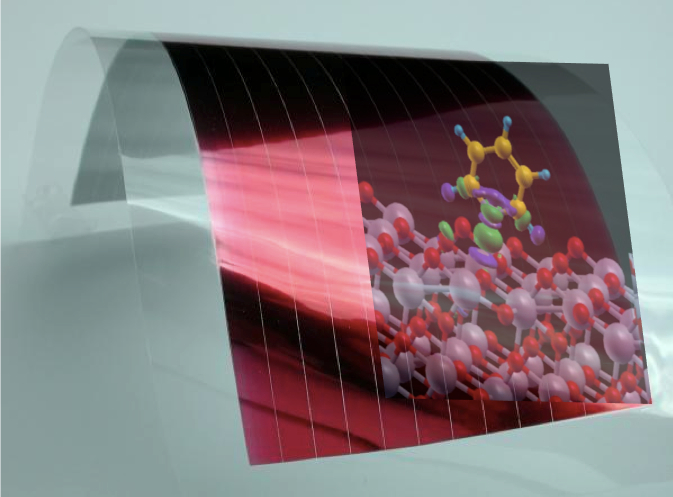
The
conversion of sunlight into electricity by photovoltaic materials is
one of most attractive ways to satisfy the
increasing demand of clean and sustainable energy. Nanoscience is
strongly involved in this challenge since novel nanomaterials are
needed to reach efficient, cheap and eco-friendly solar cells. The
impressive technological progress of recent years comes together with
the better understanding of the physical mechanisms underlying
photoconversion, which involve multiple time and length scales, from
the macroscopic down to the atomic ones. In this context, atomistic
simulations have emerged as a powerful tool to design systems where the
structure of the material is controlled at the molecular level.
Here, after a brief introduction of the scientific and technological
aspects of solar cells, I will discuss a selection of physical problems
related to inorganic and hybrid materials for photovoltaics, focusing
on the role of atomistic simulations in elucidating properties and
microstructure evolution of active materials.
|
1
Febbraio
ore 12.00-14.00
Aula Consiglio |
Antonio De Simone
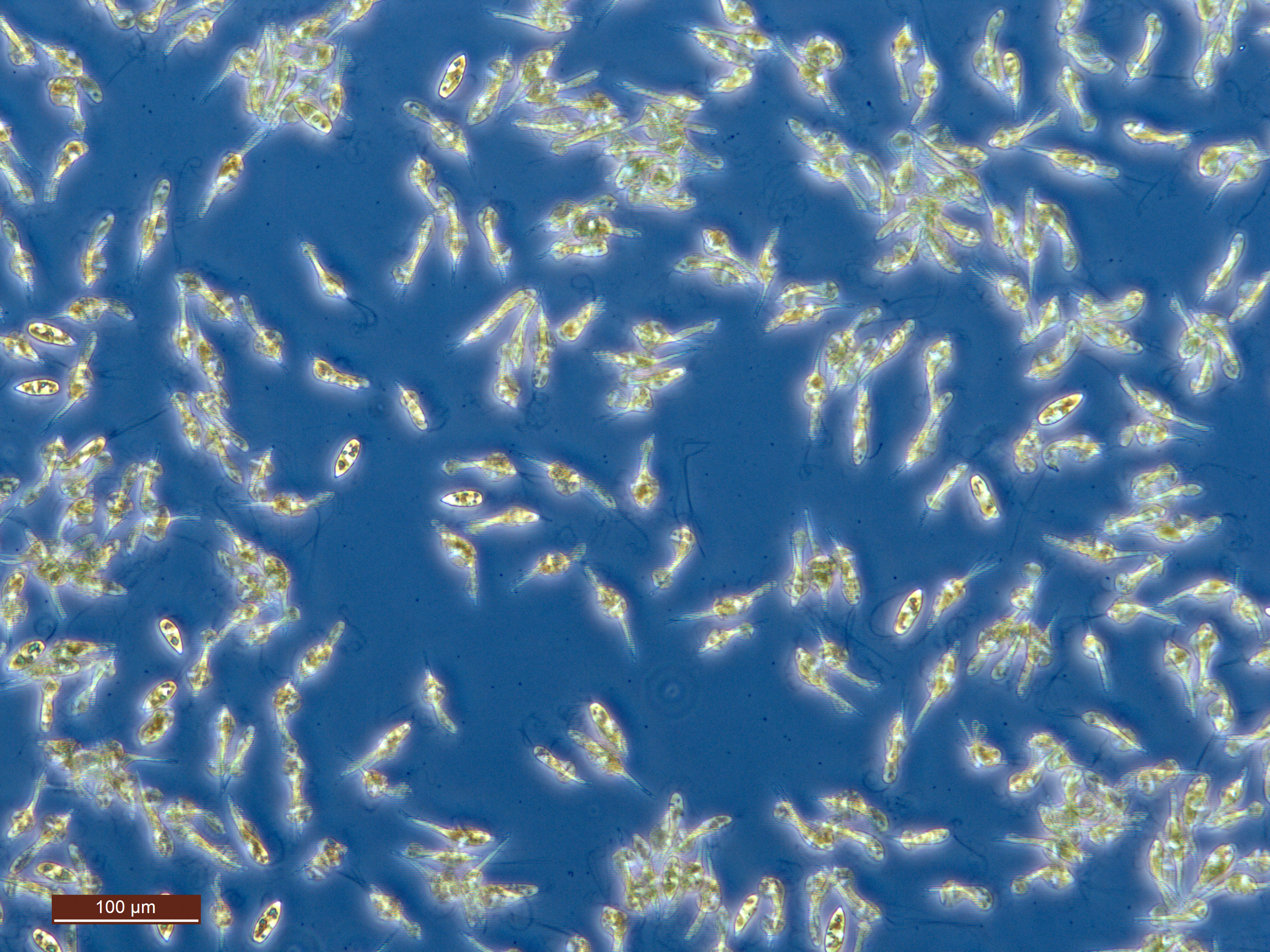 Motility at
microscopic scales Motility at
microscopic scales
We
will discuss the mechanical bases of cellular motility by swimming and
crawling.
The photo, courtesy of A. Beran (OGS,
Trieste), shows some Euglenids exhibiting
"metaboly", a type of motion for which we have recently proposed a
model.
Starting from observations of
biological
self-propulsion, we will analyze the geometric structure underlying
motility at small scales,the swimming strategies available to
microscopic swimmers, and recipes to optimize their strokes.
The lessons learned in the context
of swimming
motility will be then applied in the context of motility by crawling.
Our point of view is inspired by
Geometric
Control Theory. Implications for the design of engineered bio-inspired
devices will be discussed.
|
11
Gennaio
ore
14.00-16.00
Aula
Consiglio
|
Maurizio
Porfiri
Fish ‘n’ Robots:
not a take-out food
Engineering
design
of robots is often inspired by nature; recently developed bioinspired
robots accurately imitate various aspects of their live counterparts.
Yet, the relationship between engineering and nature has often been
one-directional: engineers borrow ideas from nature to build more
efficient, more appealing, and better performing robotic systems for
use in traditional human-centered applications. In some cases, these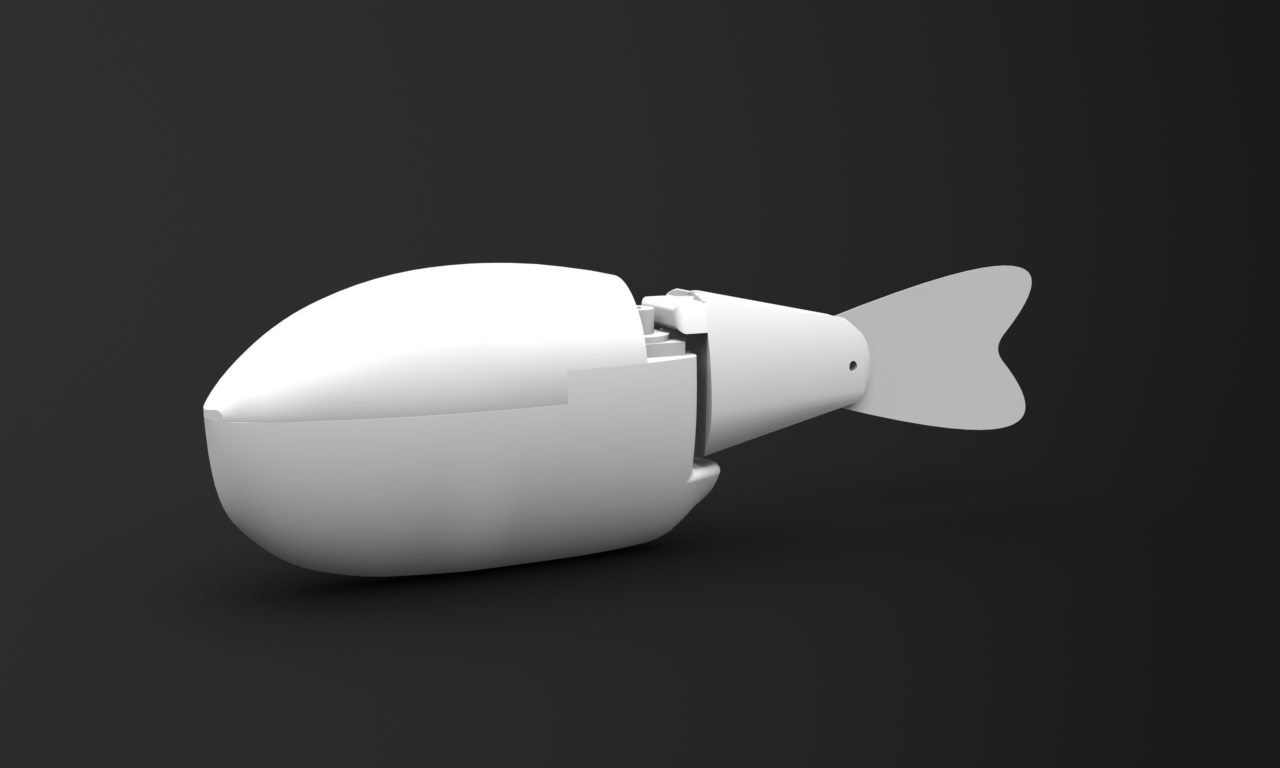 systems are used as proxies for studying the natural system, but
whether these devices can be integrated within the
‘ecological
niche’ inspiring their design seldom is experimentally
tested. An
even more elemental research question pertains to the feasibility of
modulating spontaneous behavior of animal systems through bioinspired
robotics. In this talk, we discuss recent research findings at the
Dynamical Systems Laboratory of the Polytechnic Institute of New York
University on the regulation of fish behavioral response using
bioinspired robotic fish. Beyond presenting the engineering design and
mathematical modeling of a miniature robotic fish for laboratory
experiments, the talk will address fundamental scientific questions on
animal-robot interactions. Some of the questions that will be addressed
are: is fish behavioral response influenced by a robotic fish? What are
the determinants of attraction of a robotic fish? What is the role of
hydrodynamic effects and visual cues? Does the behavior of the robotic
fish influence fish response? Do fish interact differently with a
robotic fish depending on their ‘personality’?
Finally,
current research directions and outreach programs related to Fish
‘n’ Robots will be discussed.
systems are used as proxies for studying the natural system, but
whether these devices can be integrated within the
‘ecological
niche’ inspiring their design seldom is experimentally
tested. An
even more elemental research question pertains to the feasibility of
modulating spontaneous behavior of animal systems through bioinspired
robotics. In this talk, we discuss recent research findings at the
Dynamical Systems Laboratory of the Polytechnic Institute of New York
University on the regulation of fish behavioral response using
bioinspired robotic fish. Beyond presenting the engineering design and
mathematical modeling of a miniature robotic fish for laboratory
experiments, the talk will address fundamental scientific questions on
animal-robot interactions. Some of the questions that will be addressed
are: is fish behavioral response influenced by a robotic fish? What are
the determinants of attraction of a robotic fish? What is the role of
hydrodynamic effects and visual cues? Does the behavior of the robotic
fish influence fish response? Do fish interact differently with a
robotic fish depending on their ‘personality’?
Finally,
current research directions and outreach programs related to Fish
‘n’ Robots will be discussed.
|
|